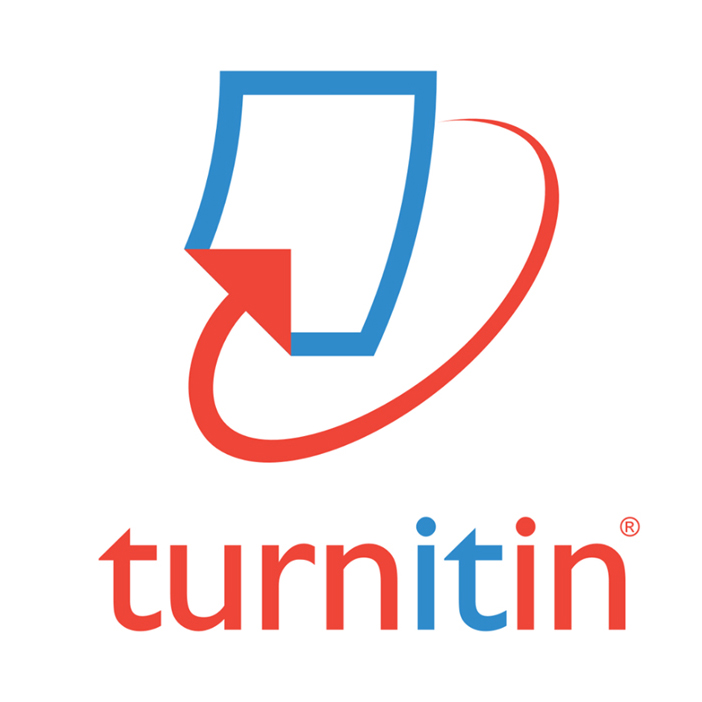Sistem Agribisnis dan Pengembangan Usaha Peternakan Sapi Perah di Yasin Farm
DOI:
https://doi.org/10.25181/peterpan.v7i1.3616Keywords:
Agribusiness, BMC, Business Development, SWOTAbstract
Livestock agribusiness is a system consisting of sub-systems, from the procurement of production facilities to the marketing of processed products. This research is intended to determine the agribusiness system and analyze internal and external factors in designing a dairy farming business development strategy at Yasin Farm. The agribusiness system was analyzed using the Business Model Canvas (BMC), the internal factors were analyzed using the Internal matrix of summary analysis factors (IFAS), while the external factors used the external matrix of summary analysis factors (EFAS) and the livestock business development system was analyzed using the SWOT matrix. The results of the study show that the agribusiness system in Yasin Farm's farm is interconnected between the upstream subsystem, the cultivation subsystem and the downstream subsystem. where in the upstream subsystem Yasin Farm focuses on meeting the needs of feed, seeds, and medicines, which have been carried out effectively from the results of cooperation with partners, in the cultivation subsystem of Yasin Farm involves the maintenance and production of milk and cheese production while in the downstream subsystem of farming Yasin Farm focuses on selling products from its farm. Based on the results of the internal analysis, the summary analysis factor (IFAS) has a total value of 3.09 and the external summary analysis factor (EFAS) is 3.02, which is a very good position. Meanwhile, in the IE (internal-external) matrisk, the farm is in cell I with strong internal conditions and a relatively high response to external factors. So the right strategy in the development of the livestock business is to maintain the increase and stability of milk production and it is recommended to carry out an SO (strength-opportunity) strategy to achieve increased business growth.Downloads
References
Ajizah, S., Widjaya, S. and Situmorang, S., 2020. Strategi pengembangan ternak ayam ras petelur di Kecamatan Gadingrejo Kabupaten Pringsewu. Jurnal Ilmu Ilmu Agribisnis: Journal of Agribusiness Science, 6(1), pp.33-40.
Badan Pusat Statistik Provinsi Jawa Timur. 2020. Provinsi Jawa Timur dalam Angka 2020. Badan Pusat Statistik Provinsi Jawa Timur. Surabaya
Daniar, G.R., Nugroho, B.A. and Nugroho, E., 2014. Persepsi dan minat pemuda terhadap agribisnis sapi Madura (Studi di Kecamatan Waru, Kabupaten Pamekasan). Jurnal Ilmu-Ilmu Peternakan, 24(3), pp.69-78.
Gandhi, P. dan Sani, Z. S. 2023. Analisis non finansial pendirian bisnis frozen yoghurt di Cipta Rasa Farm Kabupaten Bogor, Provinsi Jawa Barat, Indonesia. Jurnal Bisnis Dan Kewirausahaan, 19(3), 184–195. https://doi.org/10.31940/jbk.v19i3.184-195
Mayulu, H. dan Daru, T, P., 2019. Kebijakan pengembangan peternakan berbasis kawasan: studi kasus di Kalimantan Timur. Journal of Tropical AgriFood 2019; 1(2): 49-60.
Osterwalder, A. dan Pignuer, Y., 2013. Business Model Generation. PT Elek Media Komputindo. Jakarta
Rahmah, U, I, L., Yuliandri, L. A, dan Aprizal, A. 2022. Strategi pengembangan usaha peternakan ayam ras petelur di CV Gifar Farm Kecamatan Argapura Kabupaten Majalengka. Jurnal Tropical Livestock Science Journal (TLSJ), No. 1, 36-50.
Rangkuti, F., 2006. Analisis SWOT Teknik Membedah Kasus Bisnis. Gramedia Pustaka Utama. Jakarta.
Rusman, R.F.Y., Hamdana, A. and Sanusi, A., 2020. Strategi pengembangan usaha ternak sapi potong di Kecamatan Lau Kabupaten Maros. JBMI (Jurnal Bisnis, Manajemen, dan Informatika), 17(2), pp.120-129.
Sarpintono., Adiprasetyo, T., dan Nusril. 2017. Strategi pengembangan system agribisnis peternakan sapi perah di Propinsi Bengkulu. OSF. https://doi.org/10.31227/osf.io/pxcwm
Taufik, E. 2023. Tantangan Indonesia mencapai industri persusuan tangguh 2025. Foodreview Indonesia, XVIII (6): 29—40.
Downloads
Published
How to Cite
Issue
Section
License
Copyright (c) 2025 PETERPAN (Jurnal Peternakan Terapan)

This work is licensed under a Creative Commons Attribution-NonCommercial-ShareAlike 4.0 International License.




 Under Licenced by
Under Licenced by 